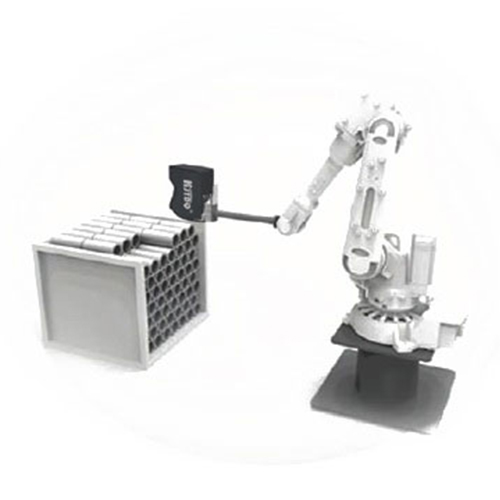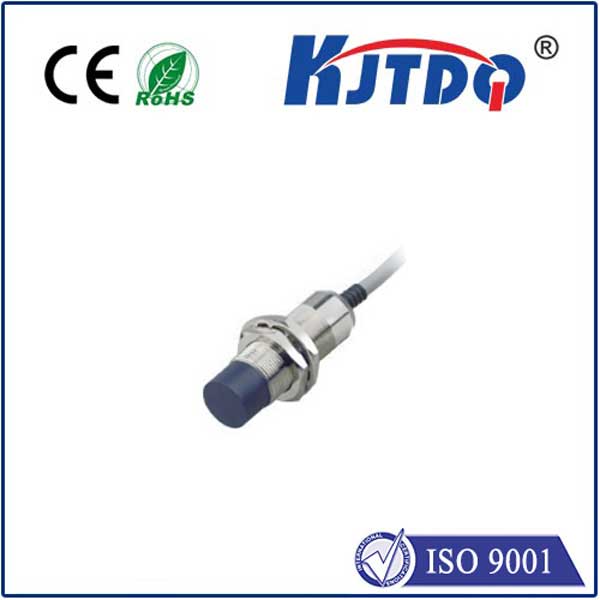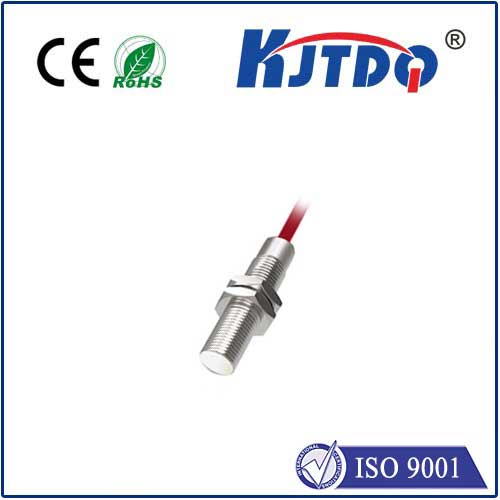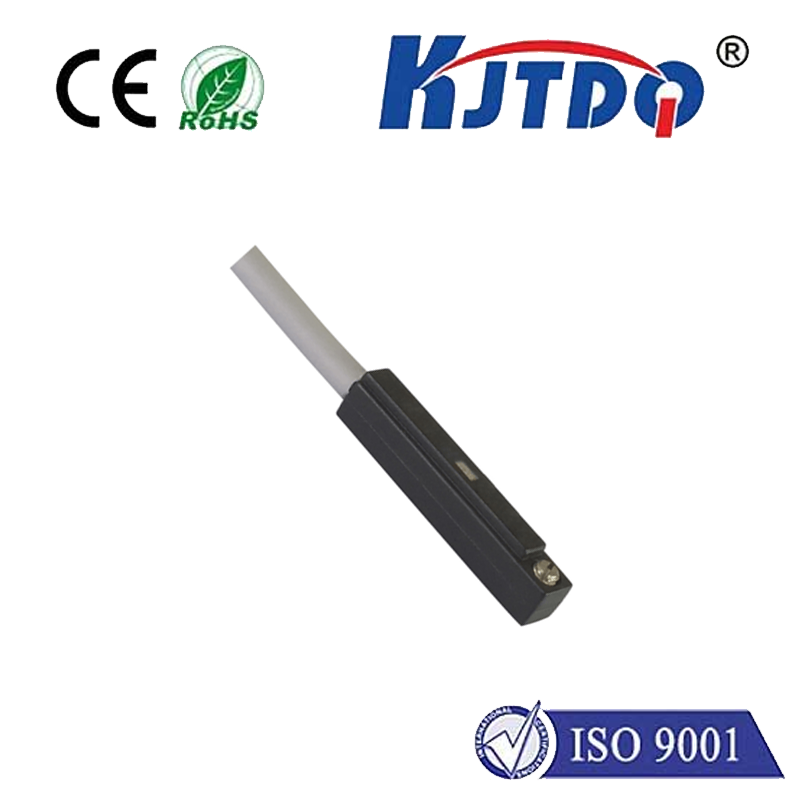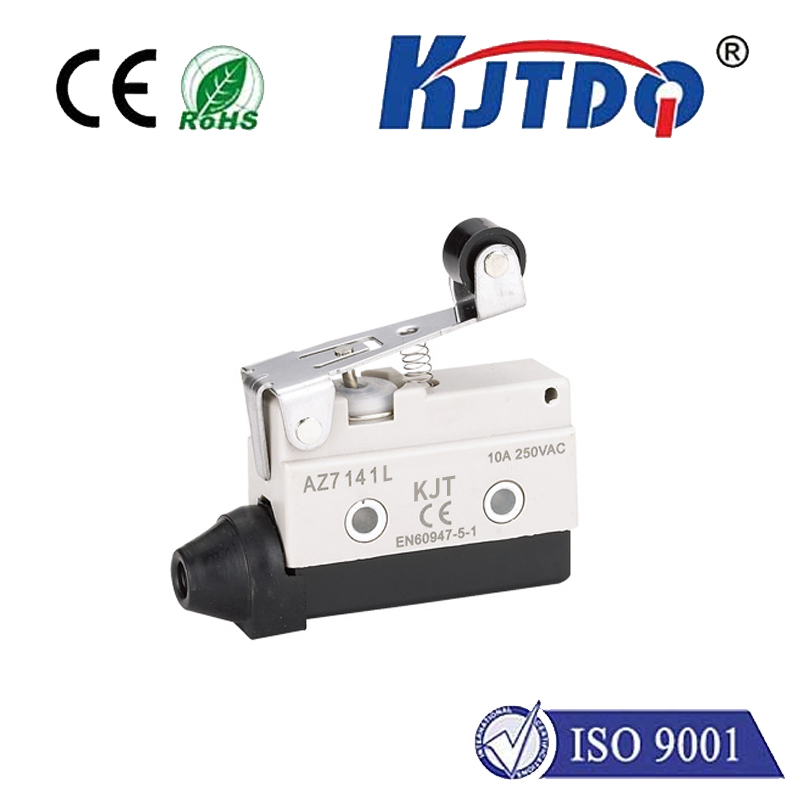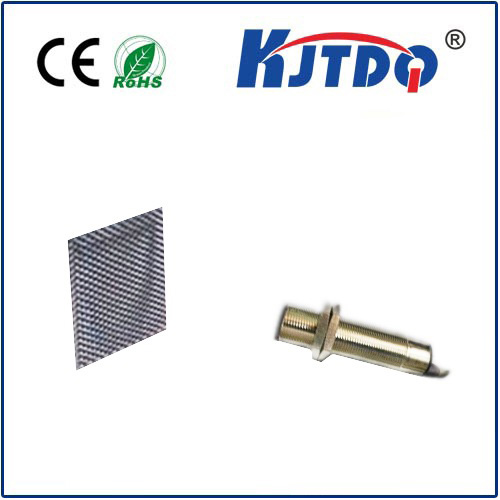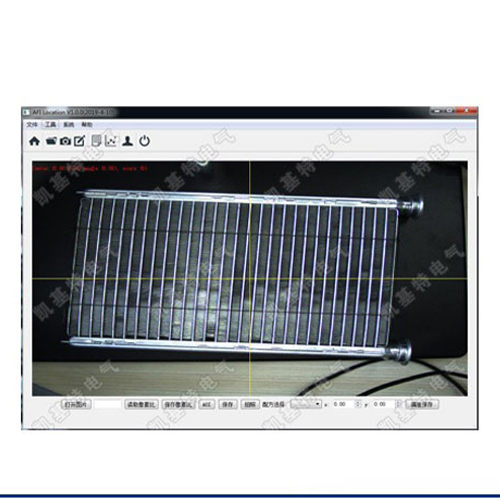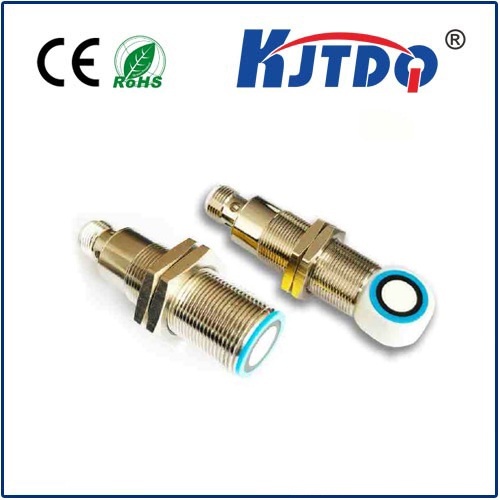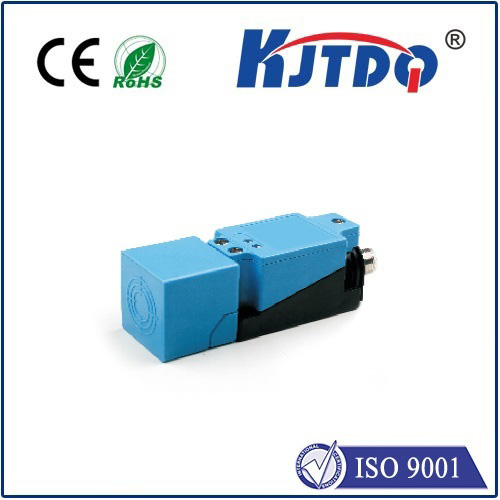

check

check

check

check

check

check

check

check

check

check
Imagine a busy assembly line where consistent detection of light-colored bottles on a dark conveyor is critical. Traditional sensors might struggle, potentially confusing the bottles with the background or vice versa. This is precisely where specialized sensors like the Omron E3Z-T81-M1TJ-1 0.3M Diffuse Photoelectric Sensor with Background Suppression excel, bringing unparalleled reliability to challenging industrial sensing tasks. Designed for precision in complex environments, this sensor solves critical detection problems where conventional diffuse models fall short.
Understanding Diffuse Sensors and the Background Suppression Advantage
Standard diffuse photoelectric sensors work by emitting a beam of light (usually visible red or infrared LED) and detecting the light reflected back from a target object. The sensor triggers when the reflected intensity surpasses a preset threshold. While simple and effective for many tasks, this method has a significant limitation: it can’t reliably distinguish between the actual target and objects (or surfaces) in the background. If a highly reflective object or a light-colored surface sits beyond the intended target, it might reflect enough light to falsely trigger the sensor. Conversely, a dark target against a dark background might be missed entirely.
Background Suppression (BGS) technology overcomes this fundamental flaw. Sensors like the E3Z-T81-M1TJ-1 employ sophisticated optical systems, often based on triangulation principles. Instead of relying solely on the amount of reflected light, BGS sensors measure the angle at which the light returns. Here’s the key difference:

This targeted approach makes the E3Z-T81-M1TJ-1 exceptionally robust against problematic backgrounds, a critical feature in diverse industrial settings.
Delving into the E3Z-T81-M1TJ-1: Features and Capabilities
The model number provides key specifications about this robust diffuse sensor:
Key Technical Features and Benefits:
Where the E3Z-T81-M1TJ-1 Shines: Industrial Applications
The combination of diffuse operation with background suppression makes this sensor incredibly versatile. It solves problems where proximity, reflectivity variations, or complex backgrounds are major concerns:
Why Choose Background Suppression Over Other Types?
While through-beam sensors offer the longest range and highest immunity to background interference, they require separate emitter and receiver units, complicating installation and alignment. Retro-reflective sensors are simpler to install than through-beam but can still be fooled by highly reflective objects passing between the sensor and reflector. Standard diffuse sensors, the simplest to install as single units, suffer the most from background interference. The BGS diffuse sensor, like the E3Z-T81-M1TJ-1, provides the optimal balance: it retains the installation simplicity of a single-unit diffuse sensor while adding the vital capability to reject background interference. This makes it a highly versatile and practical choice for countless applications requiring reliable proximity detection within its defined range (0.3m).
Integrating the E3Z-T81-M1TJ-1: Its M12 connector
